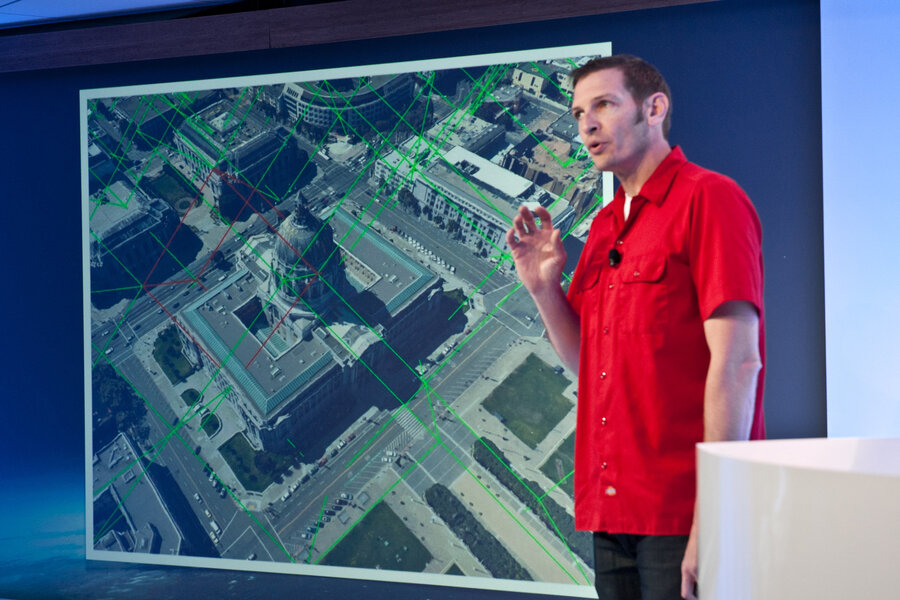Google Earth, now in 3-D!
Loading...
Google Maps is great and all, but what happens when you get lost in an area that doesn't have cell coverage?
Soon it'll be okay: this week, Google announced a new offline Maps mode which, when paired with a little foresight, will let you use the service even when you don't have Internet access. Just save an area of a map while you're connected, and you can call it up later no matter how deep in country backroads you are.
Offline Maps support was just one of the new features Google announced on Wednesday. It's also going to start offering high-resolution 3-D imagery, or what the company calls the "next dimension" of maps, in the Google Earth program. Google is putting Earth cameras on a number of small planes, which then fly around buildings and over strips of cities, snapping thousands of images from different angles. Google then stitches all the images together to make a 3-D map of, say, a city skyline.
Google Earth has featured 3-D images of certain buildings for a while now (to see an example, enable the "3-D buildings" layer in Google Earth, then take the program's "sightseeing tour" of famous landmarks), but the new technology can show a whole metropolitan area in 3-D. For now, you're limited to zooming around the San Francisco skyline on the mobile Android app, but Google promises to have 3-D coverage of more cities and suburbs -- covering at least 300 million people -- and a roll-out to the desktop version of Google Earth by the end of the year.
Google is also turning its attention to less-populous areas with the new Trekker service, which aims to do for foot-accessible areas what Street View did for streets. As the service expands, hikers and bikers will be able to get a ground-level view of trails and locations that can be reached by foot. Trekker is powered by a 40-pound, backpack-sized Street View camera that captures 360-degree views of any place you can hike to.
There's a long string of rumors suggesting that Apple is preparing its own mapping service, which could be unveiled at Apple's Worldwide Developers Conference next week. If that's the case, then Google's launch this week is probably aimed at showing just how committed they are to Maps. Currently, iPads and iPhones ship with Google Maps pre-installed, but it's no secret that Apple doesn't particularly enjoy having to rely on Google to provide mapping on the iOS platform. The Wall Street Journal reported on Thursday that the new version of iOS will contain Apple's own mapping service, and that Cupertino will begin encouraging app developers to use their maps, in place of Google's, in applications.
Are you excited about the new Google Earth features? Are you expecting Apple to roll out something even better? Let us know in the comments section below.
Follow us on Twitter @venturenaut for more tech news.








